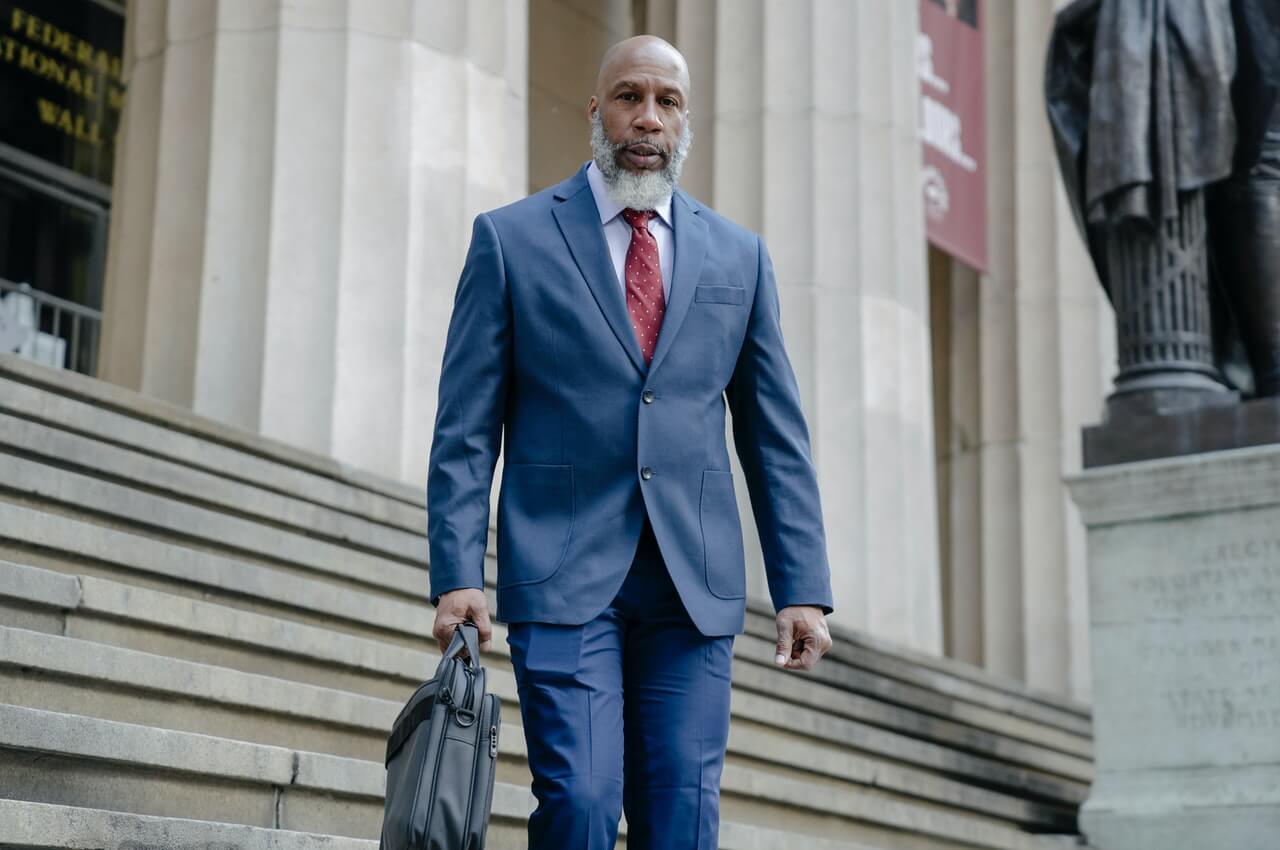Submitted by Guest Writer, Antonio Centeno
President, A Tailored Suit
The Effect of Clothing on Training – How to Dress Professionally for Successful Training
The direct relationship between clothing and a person’s state of mind has been observed for thousands of years. To see this in practice, simply look at how militaries, hospitals, and religious leaders the world over have uniforms that their professions utilize. The right clothing signals authority and a level of professionalism that can be expected. Wearing the right clothing for you, your audience, your training environment, and preparing for the worst case scenario can ensure your training session is successful.
Know Your Personal Style
First and foremost, a person should dress with confidence in clothing that he or she knows they look great in. If you are confident in your appearance, it allows your inner energy to shine right through. And although you might be slightly over or under dressed, your audience will forgive this small transgression once you confident engage them with the subject matter.
To understand your personal style, you should be aware of the colors, style, and fits that best compliment your body. And although this will narrow down what you should wear, it in no way restricts your personal style as a smart dresser realizes that within these confines are actually the right choices that will best compliment natural features. Some people look great in dark and light contrasting colors than fit closely; others are better off wearing loose fitting earth tones with low contrast accents.
Know your Training Audience
Almost as important as your personal style, knowing your audience is imperative to a person looking to effectively train a group. Meeting with a group of business student at New York University – they’re used to meeting with bankers and businessmen wearing custom suits. Training a group of construction business owners in Oregon? Expect a more casual atmosphere, but you’ll still need to ensure your clothing is professional and non-distracting from your message. If you are ever in doubt, ask; and if the audience is a bit unorthodox in their dress (a friend of mine did some training at a nudist colony and was going to be “overdressed” even in a towel), then revert to your personal style. As long as it does not offend, and you are comfortable, the message will be relayed.
Know your Training Environment
Is the training going to be taking place outdoors on the beach in Southern California? Are you going to be indoors, but perhaps in a building whose AC is notorious for breaking down during hot Houston summers? Know your environment, and if possible get as much information from your host if you are not controlling where the training will take place. If you are in control of the location, then arrive early to ensure the environment is stabilized and a non-factor. Strong winds can make wearing that dress a very unnecessary distraction or unseasonably cold day will mean you’ll need a sharp looking wool men’s overcoat as that bright Columbia Ski Jacket Coat isn’t going to cut it.
Prepare for the Worst
Always have an extra change of clothes with an emergency repair kit such as thread, needle, buttons, and scissors. Coffee spills on white shirts and popped buttons are inconveniences for your audience, for the person up on stage training they are a distraction that can cause you to lose your audience’s attention. Be prepared with an extra set of clothing also enables you to better address the weather problem
Conclusion – Training and your Appearance
There are many things you can’t control when you are training a group; the room you’ll be in, the quality of the equipment you’re provided, and the mood of the audience before they meet with you. However, what you decide to wear is firmly under your direction. Don’t let a lack of preparation when it comes to your clothing be a factor in whether or not your training event is a success. Understand the importance of your appearance, and then put yourself in a position to succeed by dressing appropriately.
Antonio Centeno
President, A Tailored Suit
Custom clothing you’ll pass onto your son
—
For more resources about training, see the Training library.
See also: http://actingsmarts-jackshaw.com/

